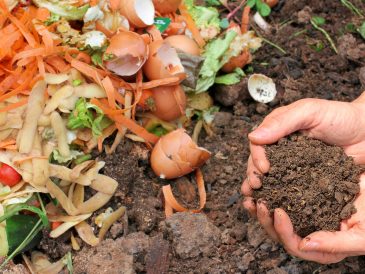How to Install a Garden Faucet
Contents
Step 1: Choose your new garden faucet
Step 2: Start by flushing the pipes
Step 3: Install your new garden faucet
Step 4: Add a garden hose connection
Protect your garden faucet from freezing
You have a water supply outside your home, but the faucet doesn’t turn on easily, a shame for your outdoor work and activities! Here are a few simple steps to install a new garden faucet with few materials. You will then attach a quick coupling to adapt a garden hose to have beautiful plants and an impeccable terrace…
1. Choose your new garden faucet
Garden faucets are available in PVC, stainless steel, and brass.
PVC is a cheap material, but it is fragile, especially in case of impact.
Stainless steel is strong and weather-resistant, but it is more expensive than PVC.
Brass is aesthetically pleasing, inexpensive depending on the model, but more fragile than stainless steel.
Note: some designer garden faucets are equipped with a combination security system, so only the owner can open the tap, which is practical in prolonged absence!
2. Start by draining the pipes
Before removing a faucet, it is essential to drain the water from the pipes.
If the outside tap opens
You are doing a simple bleed, like the one you do to prevent freezing:
- Close the supply valve located inside, on the lower portion of the general shut-off valve.
- Open the outside faucet.
- Place a basin under the drain valve, located inside, upstream of the general shut-off valve, and open it to drain the water from the pipe through the outside valve.
- Then close the drain valve.
The drain valve acts as a vent or air vent to empty the pipe to the outside; only a few drops will usually drain from the inside valve.
If the outside valve does not open
It would help to do a general purge:
- Turn off the general water supply valve.
- Open all the faucets in the house, and wait until there is no more water in the pipes.
- Gently unscrew the outside faucet with an adjustable wrench and let the little water that remains drain out.
Tip: Rarely you can’t open a faucet; if you do, you can heat it up and then gently but firmly tap it from underneath. If this still doesn’t work, use a spray-on degreaser.
Once the bleeding is done, unscrew the outer valve.
3. Install your new garden faucet

Once you have removed the faulty faucet, you can install the new one.
- Open the water supply valve. Start by wrapping the threads of the new faucet with Teflon-PTFE tape, making 3 turns with the tape clockwise.
- Then gently screw the new valve onto the outer fitting without forcing it.
Important: In the case of a total purge, remember to turn off all the faucets in the house before opening the general water supply valve.
Make sure your new faucet is not leaking. If there is, you need to re-seal it: in this case, remove the Teflon-PTFE tape you just put on and wrap another one, more carefully, around the thread.
Good to know: if you have to unscrew the valve afterwards, you will have to put a new Teflon tape each time. You can avoid this by using filasse (hemp) and sealing compounds instead of PTFE.
4. Add a watering connection
A garden hose coupling connects a garden hose to your garden faucet. It’s a must-have accessory.
- Start by getting a faucet nose.
- Attach it to the outside faucet.
- Add a quick-connect coupling to the end of your hose to attach it to the faucet nozzle. Then leave it in place.
Good to know: If you already have a garden hose, cut off a piece of it before buying a coupling to have the correct dimensions; otherwise, measure the diameter of the hose and note its brand.
Tip: The Aquastop quick disconnect lets you turn off the water as soon as you disconnect a watering accessory, even if the faucet is open. For example, if you have two hoses connected, you can remove the first one without returning to the water supply to turn off the faucet.
Protect your garden faucet from freezing
Pipes and faucets suffer from freezing. That’s why, before the temperatures get too low, prepare your system for a smooth winter. You’ll avoid damage to your system.
- Start with a simple drain of the outside pipe.
- Once the drain valve is closed, place a polyethylene foam insulation sleeve over the exposed outside pipe.
- When the weather is nice, close the outside valve.
- Remove the pipe cover and open the valve to turn the water back on.
Materials needed to install a garden faucet.
Basin
Wrench
Wire
Brass tap with adapter nut
Teflon





